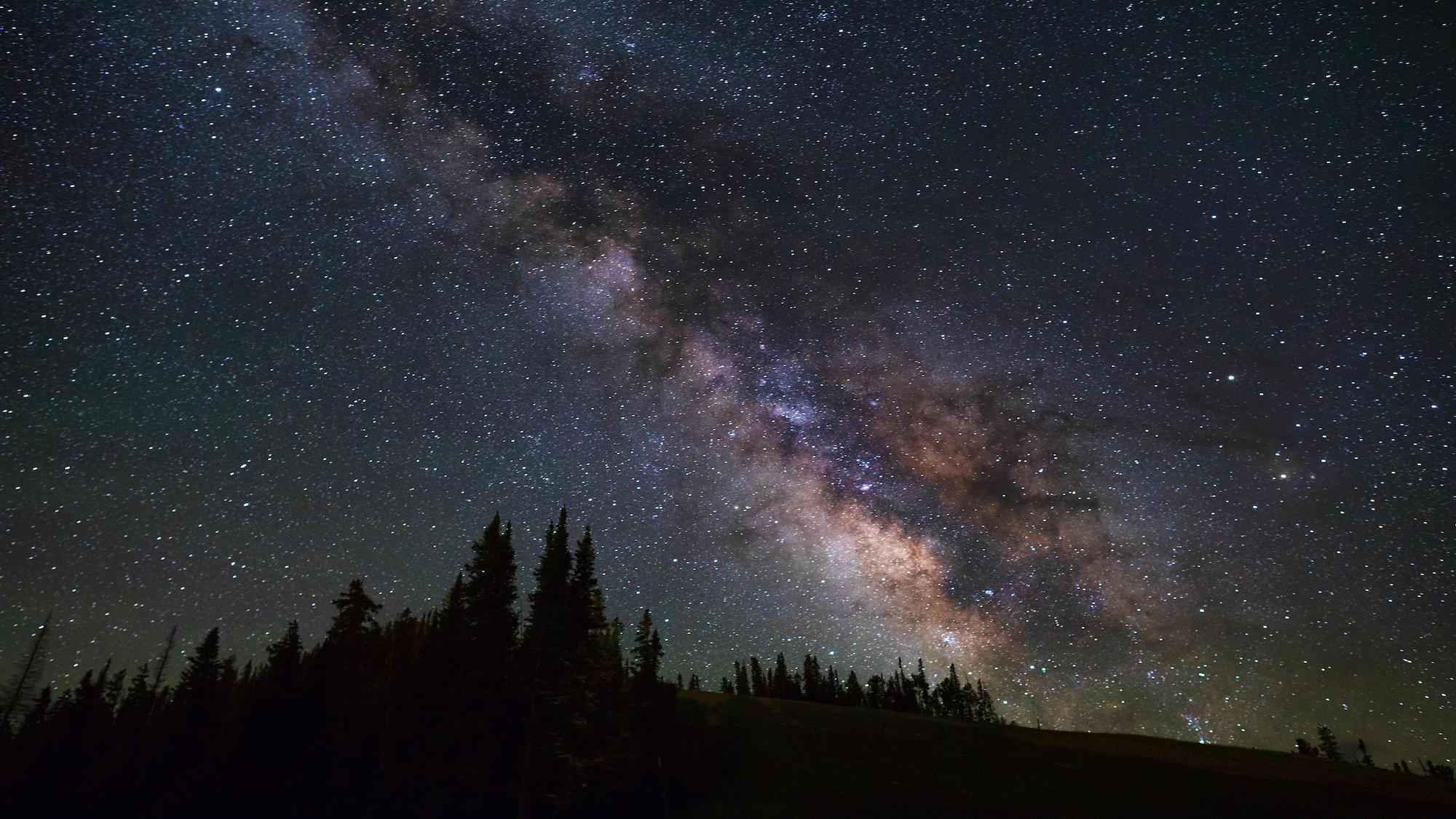Mysterious 'ancient heart' of the Milky Way discovered using Gaia probe
The protogalaxy is a collection of ancient stars from which the rest of the Milky Way grew

Astrophysicists investigating the origins of the Milky Way may have discovered our galaxy’s ‘old heart’ — the original, ancient nucleus around which all of its stars and planets grew.
The collection of 18,000 of our galaxy’s oldest stars are located in the constellation Sagittarius are from the Milky Way’s protogalaxy — a primordial mass of gas and dust forming the first stars of a young galaxy — that is more than 12.5 billion years old. Accounting for an estimated 0.2% of our galaxy's total mass, the group is the kernel around which all of the Milky Way eventually grew, the researchers found. The findings were published on Sept. 8 on the preprint server arXiv, and are yet to be peer-reviewed.
To discover the primordial group of stars, the astronomers drew on data from the European Space Agency's (ESA) Gaia observatory — a 3594-pound (1,630 kilograms) spacecraft launched in 2013 with the goal of creating the most detailed and accurate map of the Milky Way.
Related: Largest galaxy ever discovered baffles scientists
"It has long been believed (on the basis of theory and simulations) that the very oldest stars are at the very center of a galaxy. We have now shown them to be there in great numbers," study lead author Hans-Walter Rix, an astronomer at the Max Planck Institute for Astronomy in Heidelberg, Germany, told Live Science. "It's like doing archeology in an old city. We have shown that the oldest and most primitive ruins are at the 'modern' city center."
Finding our galaxy's ancient heart began with searching the most crowded region, its central bulge, for the tiny proportion of stars around the same age as the roughly 13 billion-year-old Milky Way.
To pluck this tiny group like a needle from a haystack, the researchers pulled together data collected from Gaia on 2 million stars that sit within 30 degrees of the galactic center, searching for lower-mass, longer-lived stars with low metal content. Stars matching this profile were birthed in a much younger universe that was not yet filled with heavy metals scattered far and wide by supernova explosions.
Get the world’s most fascinating discoveries delivered straight to your inbox.
But this is only one half of the story, as metal-poor stars within the Milky Way may also have come from smaller dwarf galaxies that smashed into and merged with our galaxy throughout its life. By examining these stars' paths through space while retaining only those that didn't veer out into the metal-poor regions of the galaxy, the researchers were able to separate out the stars that form the ancient heart from the stars that originated in a dwarf galaxy.
This left researchers with some of the original skeleton of stars around which the Milky Way grew — a population they estimate to be between 50 million to 200 million times as massive as our own sun. As heavier stars die faster than smaller ones, the remaining stars are on average around 1.5 times lighter than the sun, according to the researchers.
"These stars make up about half of the total stellar mass once born," Rix said. "So, about half of the stars [from the protogalaxy] survive to date."
The researchers’ examination of the Milky Way's now-exposed ancient heart revealed two things. Firstly, as stars of the old protogalaxy rotate much less around the galactic center compared with younger stars, it confirms past observations that the Milky Way's core began its life stationary, eventually picking up rotational speed as the galaxy's center of mass grew.
And secondly, in spite of multiple mergers with smaller galaxies, the close bunching of stars in the Milky Way's center points to its core not having been invaded by collisions from other galaxies.
"The Milky Way never has been shook up dramatically," Rix said. "Our galaxy has lived a sheltered life."
With further study, the researchers hope the ancient heart can teach them even more about our galaxy's earliest years, such as the types of supernovas that must have exploded during the time of its creation to produce the proportions of early chemical elements we see today.

Ben Turner is a U.K. based writer and editor at Live Science. He covers physics and astronomy, tech and climate change. He graduated from University College London with a degree in particle physics before training as a journalist. When he's not writing, Ben enjoys reading literature, playing the guitar and embarrassing himself with chess.


